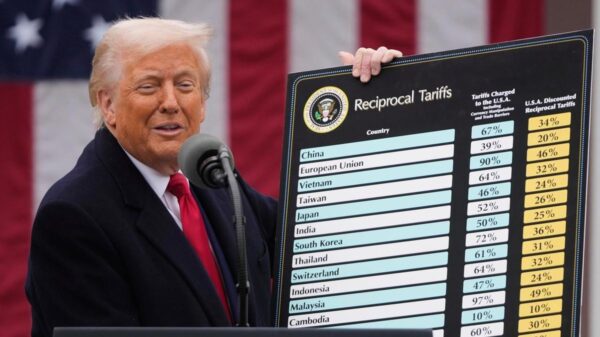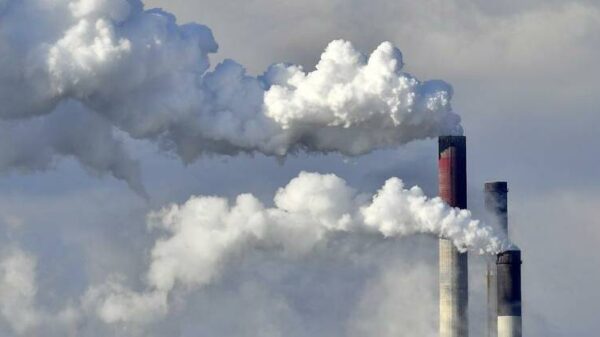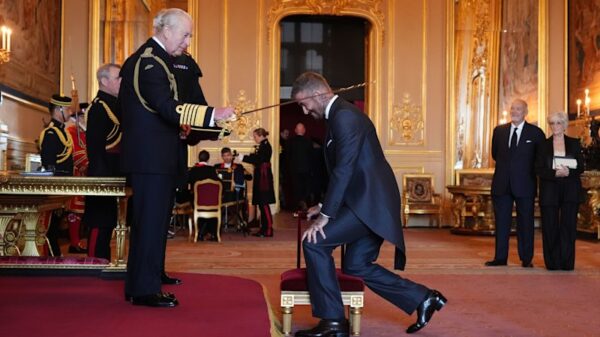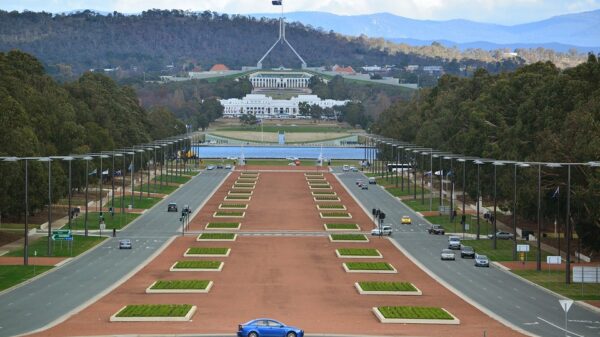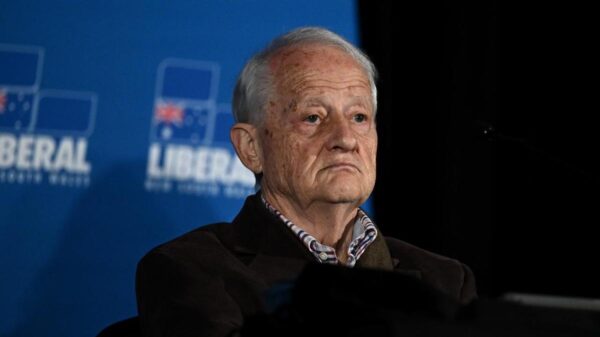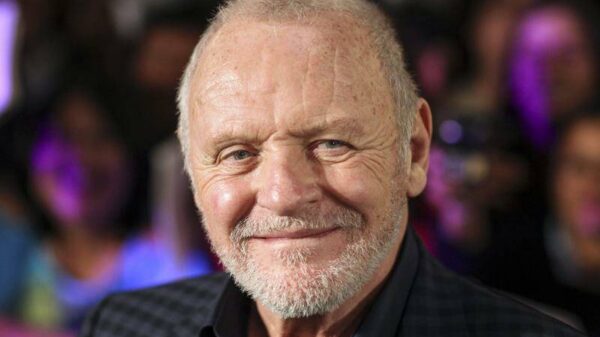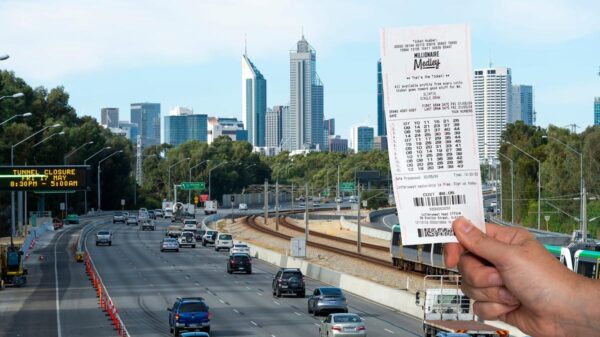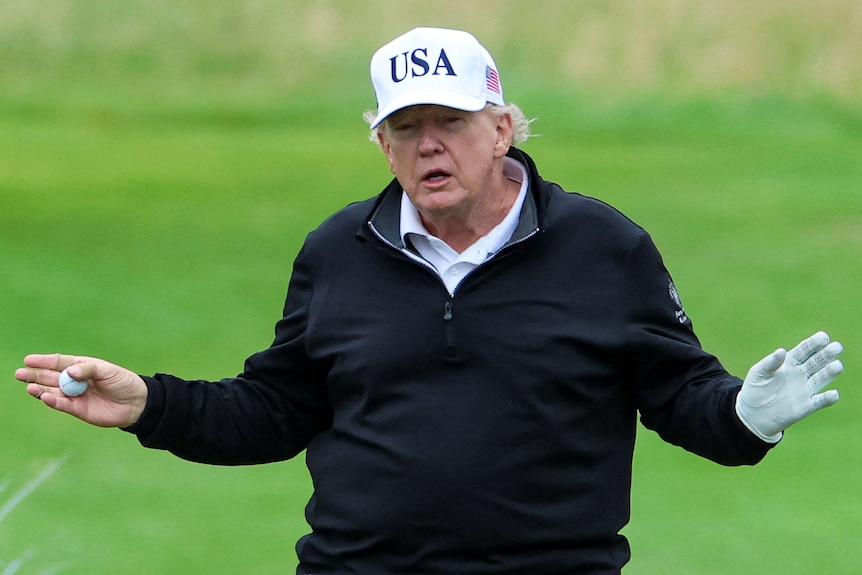During a recent press conference at his Turnberry Golf Course in Scotland, US President Donald Trump hinted at a potential increase in tariffs on Australian exports. This unexpected remark raises serious concerns for the Australian economy, which had previously considered itself relatively insulated from Trump’s trade policies.
While discussing various international trade issues, Trump disclosed that the existing 10 percent baseline tariff on most Australian goods could rise to between 15 and 20 percent. This change could significantly impact Australian businesses that rely on exports to the United States, potentially making their products more expensive and less competitive in the US market.
Implications for Australian Businesses
Trump’s comments came amidst a broader discussion about trade agreements and tariffs, where he acknowledged the complexity involved in negotiating individual deals with over 200 countries. His approach appears to be shifting towards a more generalized tariff structure, suggesting that countries seeking to do business with the US will face uniform tariffs that could disadvantage Australia.
Previously, Australia benefited from a lower tariff rate compared to other nations due to its strong purchasing relationship with the US. However, with Trump now contemplating a higher baseline tariff, Australia might find itself in a precarious position compared to countries like the UK, Japan, and the European Union, which have secured export agreements with more favorable terms.
For instance, these countries have established frameworks that include a 15 percent duty, placing Australia at a competitive disadvantage if the proposed increases take effect. Australian businesses, already grappling with the current tariff, face the prospect of further economic strain should these changes materialize.
Uncertainty in Trade Policy
The unpredictable nature of Trump’s statements has left Australian officials uncertain about the future of trade relations. In a recent comment, Trump’s Commerce Secretary Howard Lutnick stated that there were no plans to increase the baseline tariff. Yet, Trump’s history of fluctuating policy positions raises doubts about the reliability of such assurances.
Australia’s political leaders are now tasked with interpreting Trump’s remarks and preparing for potential outcomes that could arise from this evolving situation. The prospect of higher tariffs could significantly affect the dynamics of trade negotiations and the economic landscape for Australian exporters.
As Australia navigates this challenging environment, its leaders must remain vigilant in addressing the implications of Trump’s tariff strategies. The stakes are high, and any significant policy shifts could reverberate throughout the Australian economy, affecting businesses and consumers alike.
In conclusion, Trump’s recent comments signal a potential shift in US trade policy that could have far-reaching consequences for Australia. As the situation develops, the focus will be on how Australian officials respond to these threats and whether they can negotiate a more favorable outcome in the face of growing uncertainty.

